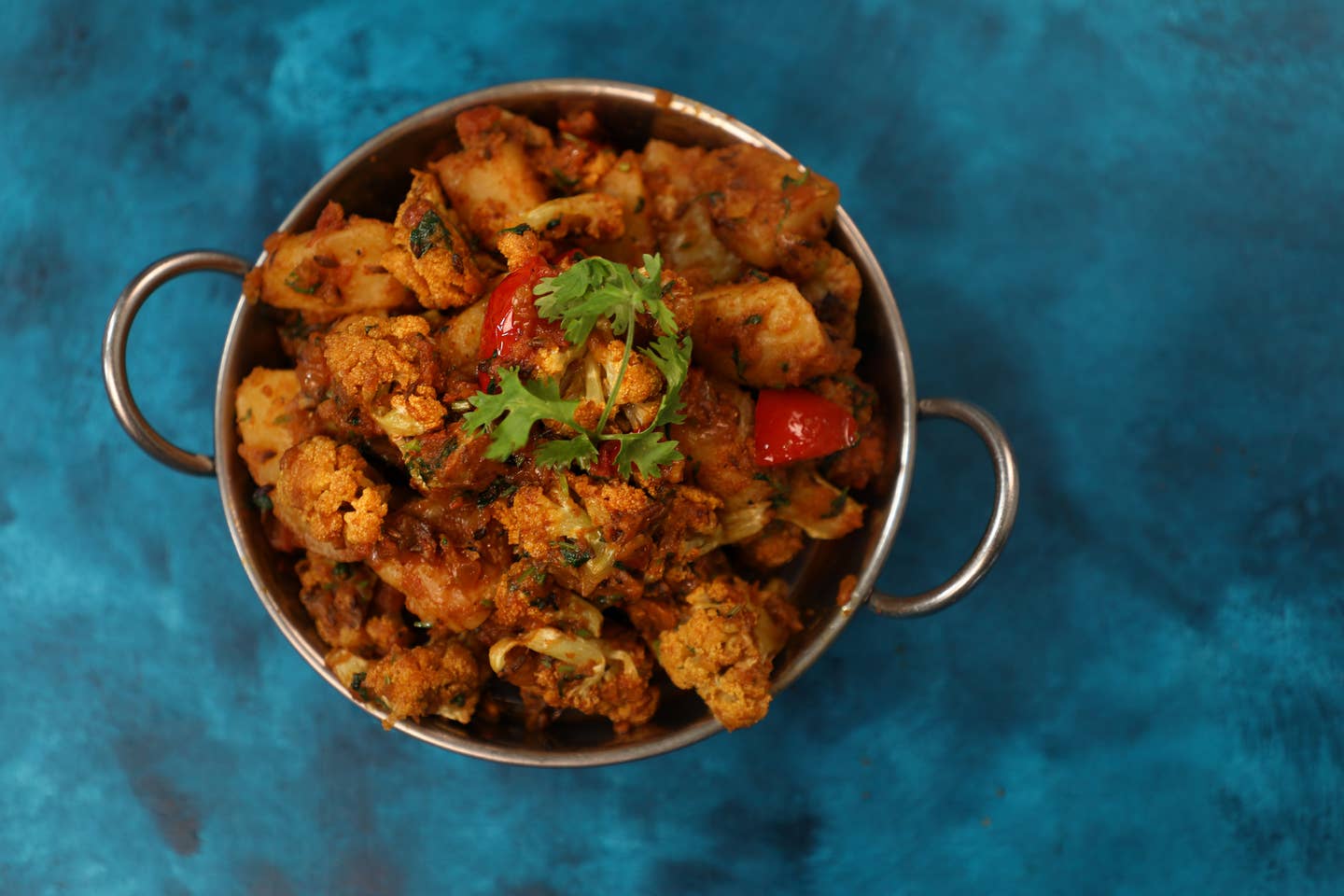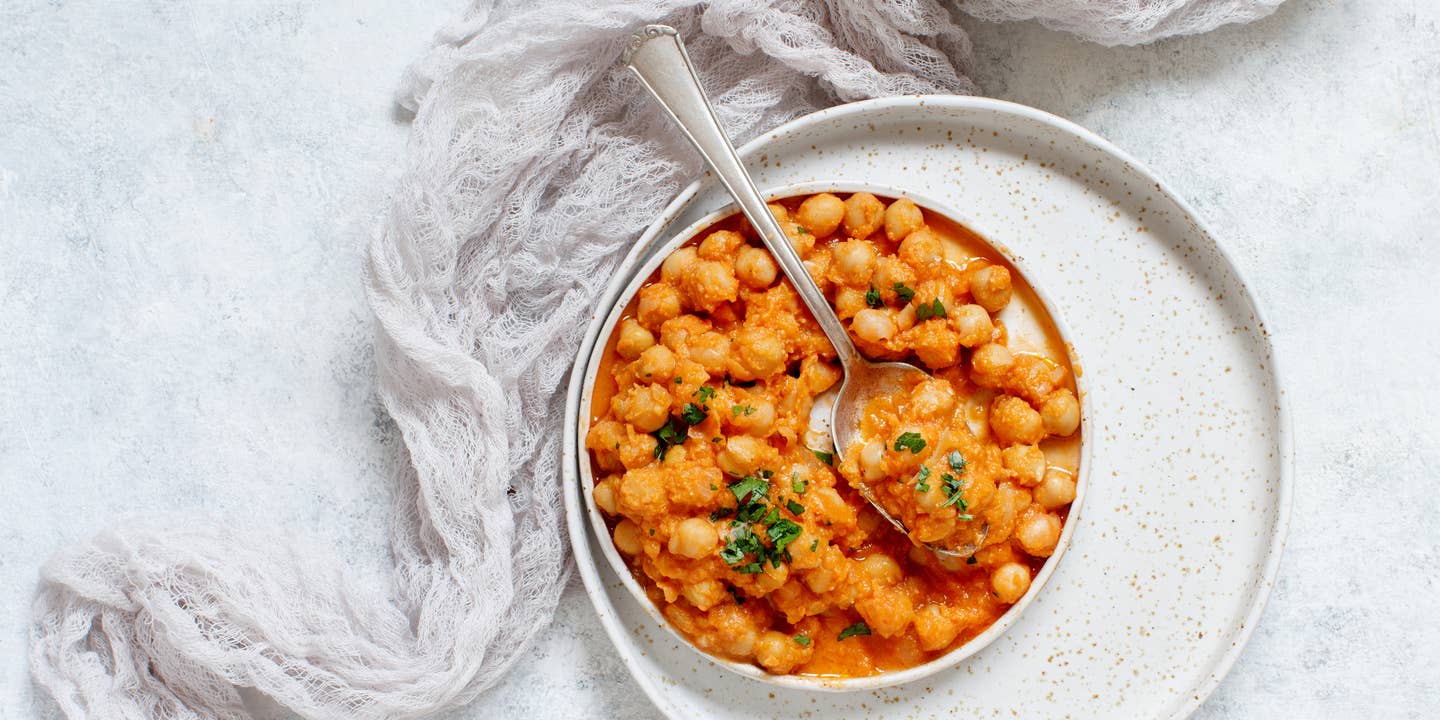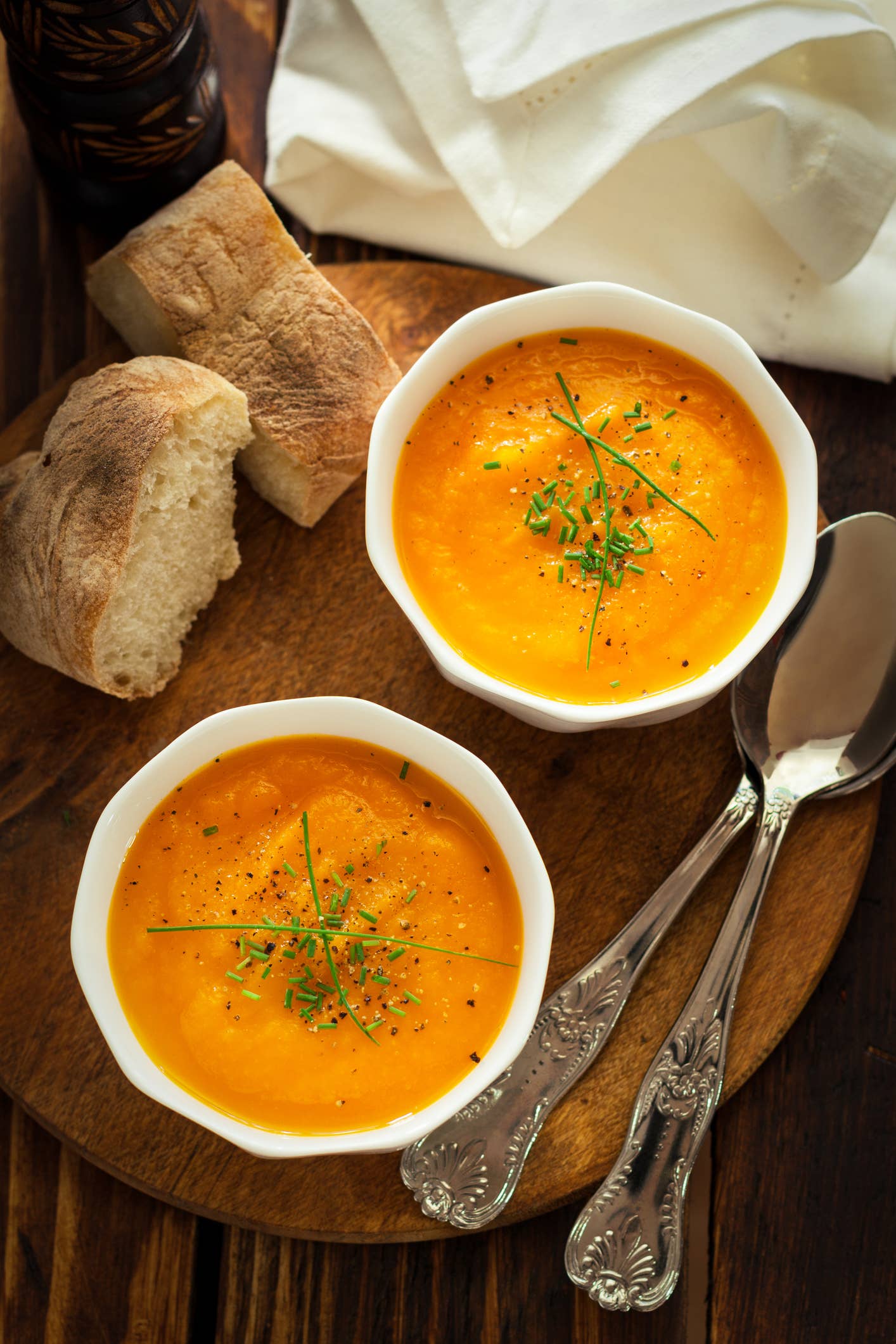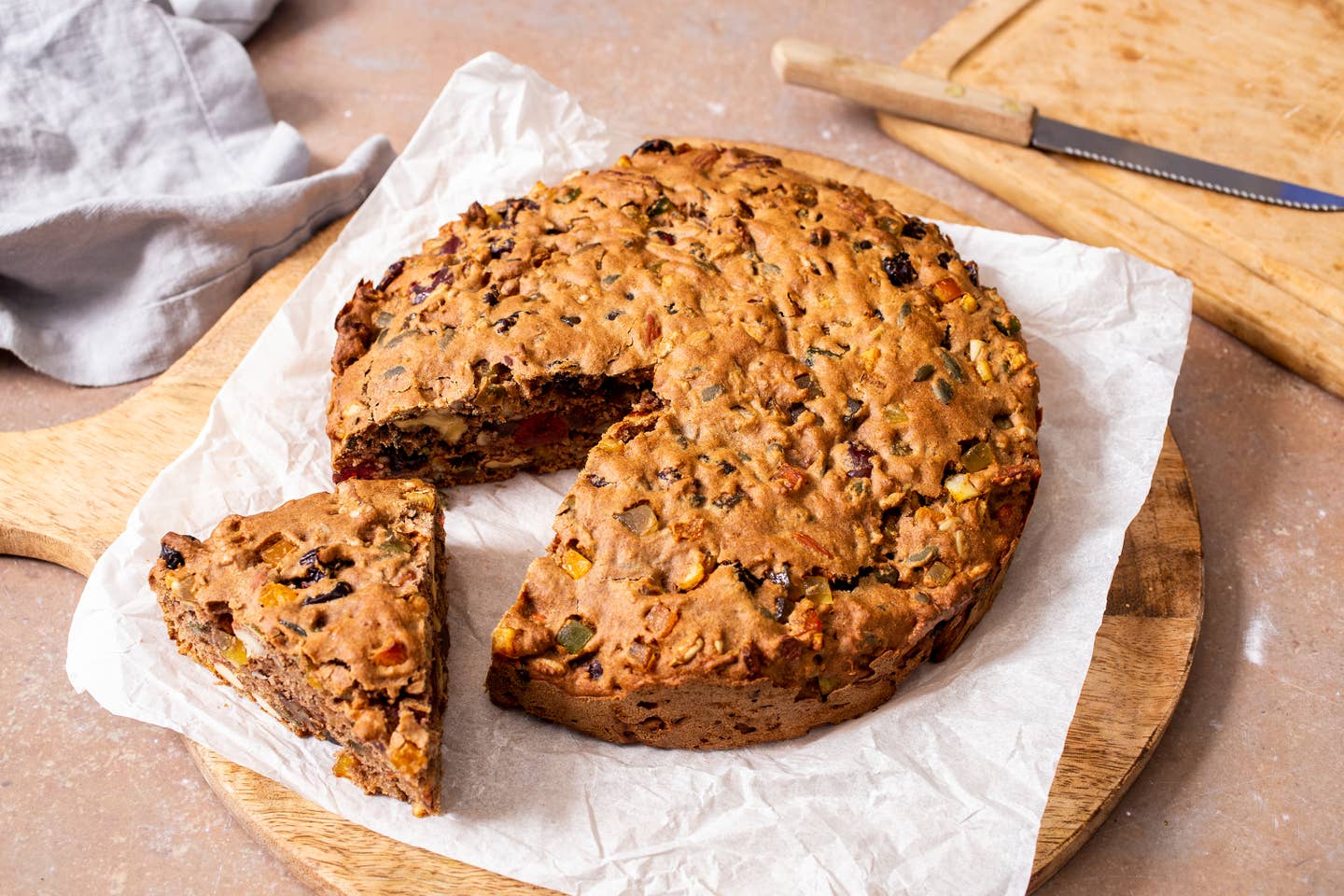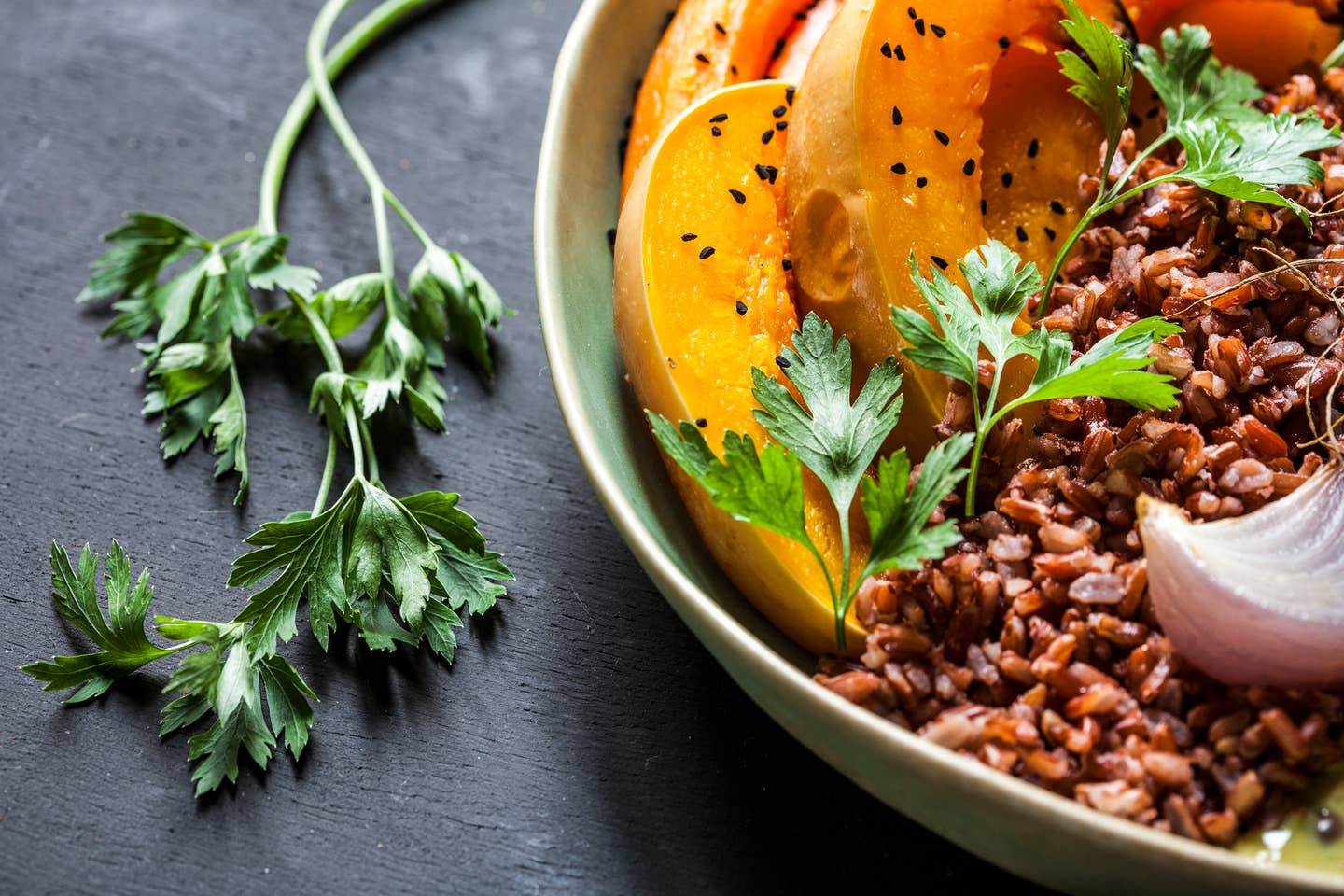
These Easy-to-Make, Plant-Based Dishes Celebrate Filipino Cuisine
October isn’t all about Halloween and its sugary sweets—did you know this month is also Filipino American History Month? The Filipino American National Historical Society introduced the idea in the early 1990s, and in 2009, the U.S. Congress passed a resolution officially recognizing Filipino American History Month. As people around the country celebrate and commemorate Filipinos’ role in U.S history, there’s no better time to explore the cuisine of the Philippines.
Since Filipino food has a heavy emphasis on meats, many vegans may not have had the chance to try dishes from the island country. Thankfully, RG Enriquez of the food blog Astig Vegan is here to prove that Filipino food can be vegan and still full of soul.
Discussing the origins of Astig Vegan, Enriquez says on her blog that when she turned vegan in college she didn’t want to give up the food that reminded her of the Philippines, her childhood home. Instead, she got to work veganizing her favorites and has since filled her blog with the recipes of her plant-based adaptations.
To get you going, we’ve rounded up three easy, healthy recipes from Astig Vegan that serve as a great way to dip your toe in the water—and mix up what you normally put on the dinner table.
Vegan Ginataang Munggo Guisado / Mung Bean Stew with Coconut Milk
Astig Vegan’s ginataang munggo guisado is a mung bean stew with coconut milk. The heart of the dish is a mixture of cooked mung beans with sauteed eggplant, onions, garlic, and tofu. Don’t feel intimidated when the recipe calls for bittermelon (known to some as bitter squash) or moringa leaves (also called malunggay). The former is an optional ingredient, and the latter can be easily substituted with spinach or kale. If you decide you do want to incorporate the bitter melon, look for the gourd at your local Asian grocery store.
The longest step in this recipe is waiting for the mung beans to cook, but it’s also a hands-off affair. Once those are ready, the dish comes together quickly as you gradually add in the other vegetables, seasonings, and coconut cream. Enriquez recommends serving the stew hot with a side of rice.
Ginataang Kalabasa at Sitaw / Squash and Long Beans in Coconut Milk
Ginataang kalabasa at sitaw is a dish of cooked squash and long beans in coconut milk. Traditional versions often include shrimp or pork in the recipe. No worries about that with Astig Vegan’s rendition!
For the squash, Enriquez’s recipe uses kabocha squash, which should be even more readily available at farmers’ markets and specialty grocery stores given the autumn season. If you’re feeling more adventurous, add in the optional mushroom powder and black bean garlic sauce—but even if you don’t, you’ll have plenty of flavor from the garlic, onion, chili peppers, and salt.
All in all, the recipe shouldn’t take longer than 30 minutes, and there are only seven simple steps involved. Extra bonus: This recipe comes together in just one pot, making for easy clean-up. As with many Filipino dishes, this one should be enjoyed with some rice on the side. If you want to switch things up from your normal white rice, this dish is a great one to try with garlic fried rice (or sinangag), another Filipino favorite. And before you have to ask: Yes, Astig Vegan has a recipe for garlic fried rice, too.
Find the full recipe here.
Vegan Kaldereta / Stew
As the Philippines was a former Spanish colony, you’ll find many Spanish influences throughout the country’s culture. One such example is kaldereta, a classic Filipino dish that has Spanish roots and even gets its name from the Spanish word for “cauldron” (caldera).
Traditionally, this spicy, tomato-based stew is made with goat meat or beef. Needless to say, Astig Vegan’s version does things differently. This vegan recipe uses tofu, jackfruit, lentils, and tempeh to recreate the tastes and textures of the original.
There are quite a few optional ingredients in this recipe, which you can skip if you want to cut down on your shopping or prep time. When you’ve finished whipping up the stew, serve it with—you guessed it—some steamed white rice.
More Vegan Filipino Recipes
If these dishes leave you hungry for more vegan Filipino food, have a look at Astig Vegan’s recipe index where you’ll find plenty more. Enriquez has conveniently marked each by difficulty level (easy, intermediate, and advanced) so you can work your way through the recipes as you become more confident with Filipino cooking.
More From The Beet
